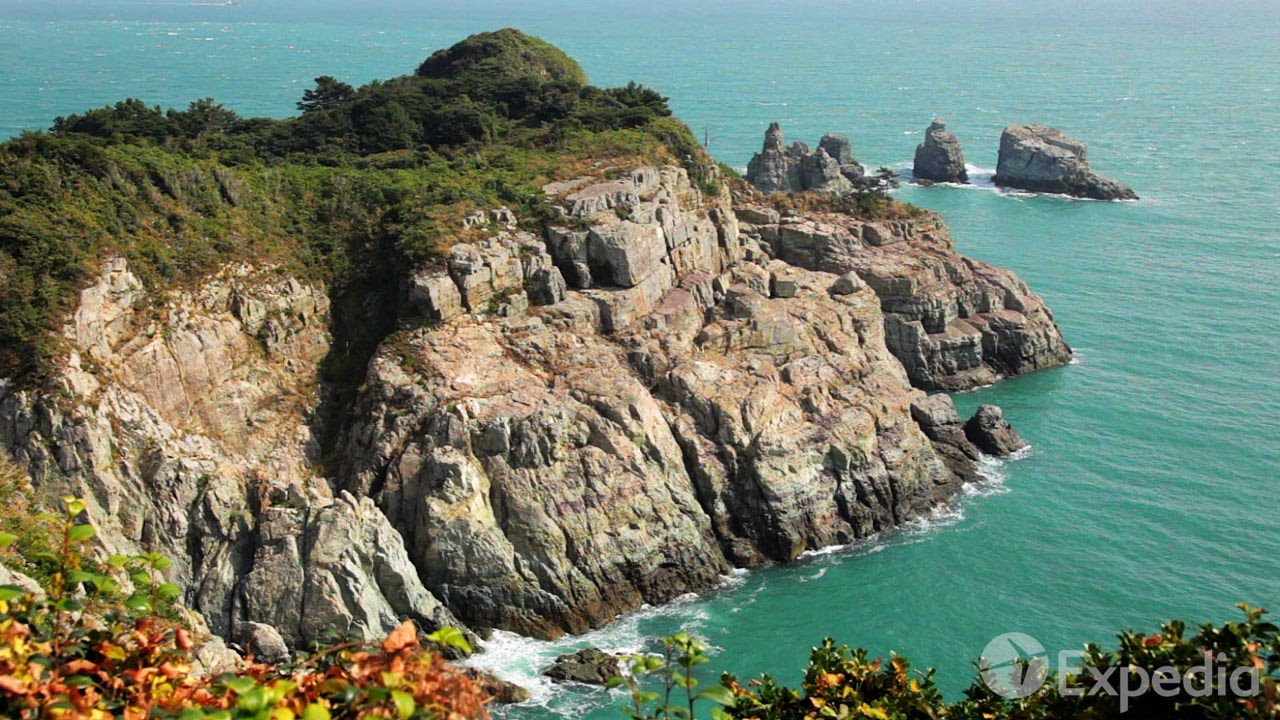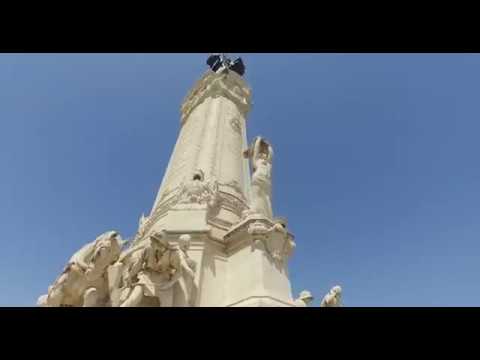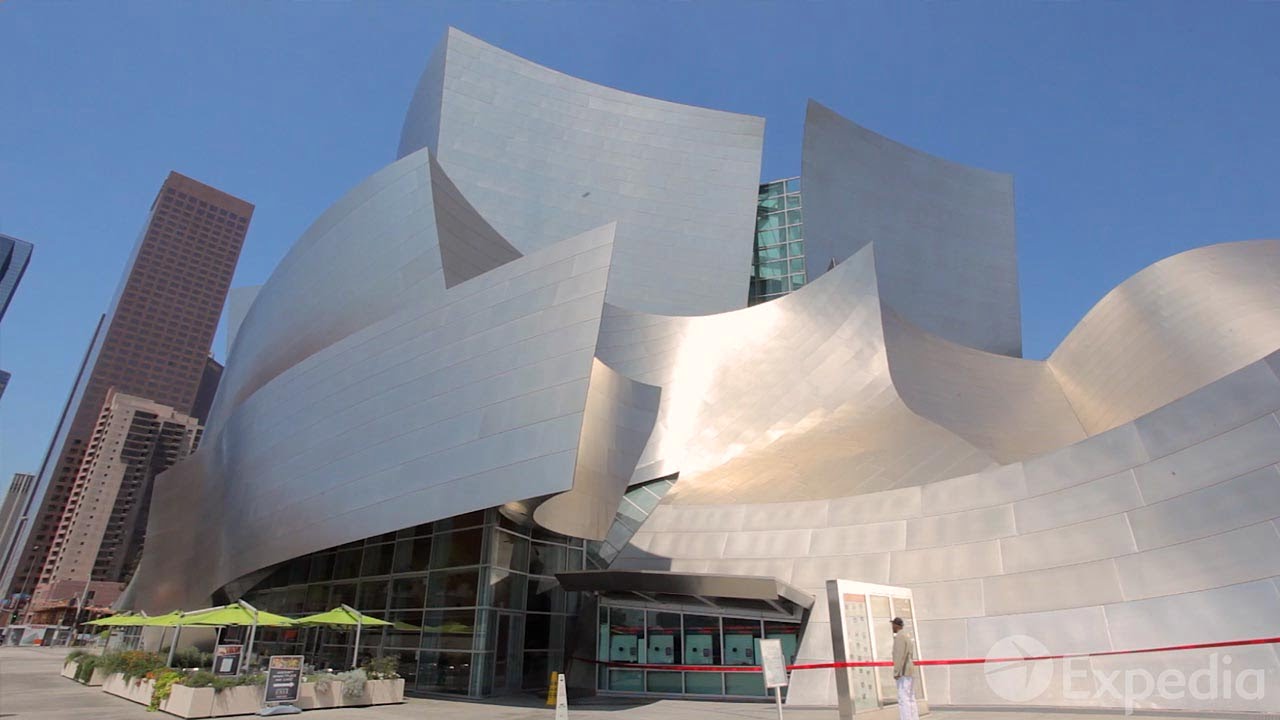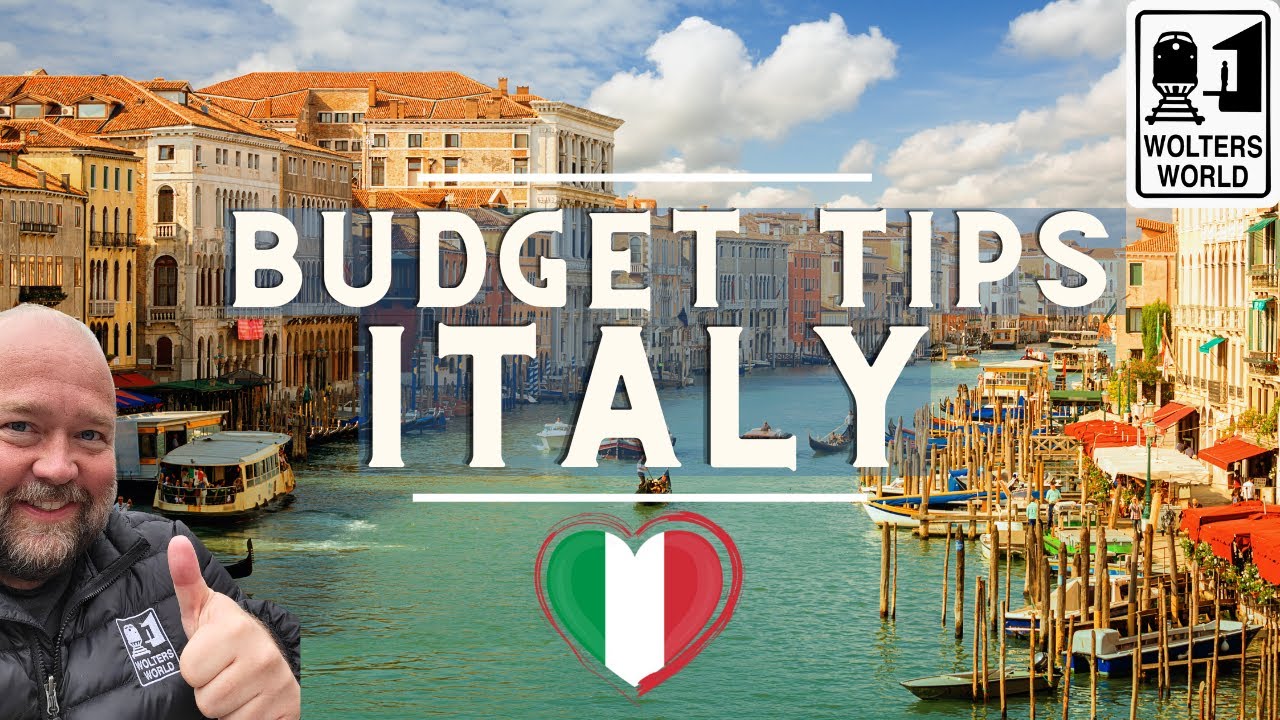Top 10 things to do in Madrid ⭐ Sponsored by BEEYOND packing cubes, a revolutionary new way to pack your luggage …
In this video, we’ll show you the top 10 things to do in Madrid. This video is based on our fun trip to the Spain’s capital city. Don’t forget to like this video, subscribe to our channel, and enable notifications. And share your own experience or ask a question in the comments below.
Sponsored by Beeyond compression packing cubes for travel. The link is in the description. And stick around until the end because we have a bonus for you. Here are our top 10 picks: Number 10: Plaza Mayor Plaza Mayor is one of the most important public spaces in Madrid.
The square which once hosted coronations and executions, was first constructed in the 16th century. The square’s name and functions changed several times over the course of history, but it started out as a popular marketplace. Today, Plaza Mayor is famous for outdoor cafes and restaurants,
The statue of Philip III on a horse, and the much-anticipated Christmas market. Don’t skip one of many entrances to Plaza Major, such as Arco de Los Cuchilleros, the most famous one. The square is home to the historic Casa de la Panaderìa, which served as
The town’s main bakery hundreds of years ago. It is now also home to The Madrid Tourism Center. Visit other squares in Madrid, like the famous Puerta del Sol dating back to the 15th century. Number 9: Food & markets Madrid is packed with exquisite bars, elegant restaurants, colorful markets,
And sophisticated outdoor terraces. The city is a melting pot of Spanish cuisine, highlighting the country’s diverse food culture. Start your day with a serving of tasty churros dipped in hot chocolate at Chocolatería San Ginés. Spaniards are known for going big for lunch, so huevos rotos, paella or any
Other typical spanish meal is a great option. Enjoy your lunch or dinner at authentic places, like Casa Toni, and order one of many delicious food options. And finish your day at the most popular food market in Madrid, Mercado de San Miguel,
And try delicious appetizers called tapas with a glass of authentic Spanish wine. This century-old food hall is famous for its cast-iron structure and with its ideal and convenient central location, and flavors of every corner of Spain, the Mercado de San Miguel attracts over 10 million visitors annually.
Visit also other food markets across Madrid. Number 8: El Retiro Park El Retiro is a vast green space, home to expensive gardens, beautiful lakes, and numerous historic buildings. Once a royal park designed for King Felipe IV in the 17th century, El Retiro is now a popular public area.
Rent a boat at El Retiro Pond, an artificial lake, The magnificent Palacio de Cristal or Glass Palace conservatory, a former greenhouse that now houses art exhibitions. On any given day, the park is filled with people of all ages enjoying the outdoors, including local musicians and performers entertaining the public, especially on weekends.
Don’t skip the Monument to Alfonso XII, The Rose Garden, with over 4,000 roses, and Puerta de Alcalá, once the main entrance to the city, located just outside the park. Did you know that the park was once a part of a royal palace complex,
But during the Peninsular War at the beginning of the 19th century, the building was seriously damaged and couldn’t be restored? Madrid offers other beautiful parks. Check our travel guide for more suggestions. By the way, our mobile-friendly travel guide covers the top 20 things to do in Madrid,
Including maps, opening hours, links to buy tickets, and other information. By purchasing our travel guide, you are also helping us sustain this channel, so a big thank you for that! Number 7: Matadero Madrid Matadero Madrid is a cultural arts center located in a former slaughterhouse and cattle market
Built between 1911 and 1925. The complex is now home to several contemporary art studios, museums, exhibition areas, and theaters. After its successful renovation in 2006, Matadero Madrid caters to various fields of art interests with numerous programs you can visit, including ongoing art exhibitions in one of many buildings across the complex.
We visited a unique immersive experience in Madrid Artes Digitales, exploring the evolution of works of Gustav Klims through virtual reality, exhibition spaces, and an interactive room. And while you are in the area, you can explore the beautiful Madrid Rio Park and the banks of Manzanares River. Number 6: Palacio de Cibeles
The Palacio de Cibeles, inaugurated in 1919 is an exquisite example of Neoclassical architecture. This iconic building once housed the city’s main post office and telegraph and telephone headquarters. The building is now home to Madrid City Council, used as a City Hall and a public cultural center.
Don’t skip the magnificent Glass Gallery, a multi-purpose venue for various events, or the stunning view of the city at the Mirador observation deck. Check our Madrid walking tour to get the real feel of the surroundings and the entire city. The link is in the description. Number 5: Atocha Train Station
Madrid’s central station, the Atocha Train Station from mid 19th century, is a sight worth visiting, even if you’re not traveling by train. This unique transportation hub is also a gateway to Madrid for travelers to other parts of Spain and Europe.
Over a century after it was constructed, Atocha’s old train shed was transformed into a luxury hub in 1992 and now includes the Greenhouse Atocha, a botanical garden composed of an extensive collection of tropical plants. The greenery is a great and relaxing sight for the passengers.
Did you know that Gustave Eiffel, the leading engineer of the famous Eiffel Tower, collaborated on the renovation project of the train station? Number 4: Templo de Debod Experience a piece of Egypt right in the heart of Madrid. Templo de Debod is an actual over 2,000-years old
Temple relocated from Egypt, originally a shrine built to worship the Egyptian god Amun. The temple was a gift of gratitude by the Egyptian government to Spain in 1968, after the UNESCO’s efforts to help save several monuments and archaeological sites from being destroyed while constructing the Aswan High Dam on the Nile River.
You can also visit the interiors and admire its hieroglyphics and sculptures. If you don’t have time to visit the interiors, also because there is usually a very long line of people waiting to see the temple from the inside, you can still admire it from the outside. It is especially enchanting during the sunset.
Surrounded by charming parks and gardens, the site is a local favorite for scenic strolls, picnics, and even yoga. Number 3: Queen Sofia Arts Center From classical collections to modern installations, Madrids’s Golden Triangle of Art consists of three world-class museums and is considered a mecca of global excellence in art, history, and culture.
Visit Museo Nacional Centro de Arte Reina Sofía, a museum of 20th-century art opened in 1992. The museum is named after Queen Sofia and is situated close to CaixaForum art center. Queen Sofia Arts Center houses a collection of art from some of the most famous artists in history,
Including Pablo Picasso and Salvador Dali. Visitors can also enjoy a variety of interactive exhibits, making it an ideal place to spend the afternoon. In addition to the arts center, the museum also houses a library, auditorium, and café. This video is sponsored by Beeyond, helping you save space when you travel and organize
Your suitcase. A revolutionary new way to organize your luggage consists of a set of small and large packing cubes. Once you’re done packing, just close both zippers, compress the air out of your packing cubes like this, and voila, your clothes are compressed, and your luggage is organized.
We use Beeyond packing cubes on our travels, and they are even designed to fit your carry-on. Visit Beeyond’s Amazon page to get your own compression packing cube set. The link is in the description. Number 2: Gran Vía Spain’s vibrant capital is also a renowned shopping destination. Gran Vía is Madrid’s
Most famous street, also known for its iconic and remarkable architecture. Built between 1910 and 1930, Gran Via was essential to Madrid’s development and modernization. Tagged as the street that never sleeps, the Gran Via also boasts next-level nightlife experiences, driven by luxurious bars, renowned theater productions,
High-end street art, world-class designer stores, and enormous shopping malls. You will hardly run out of options in Gran Via, with the numerous stores by popular fashion brands such as Zara, Mango, Primark and high-end boutiques. Besides shopping, visitors can also watch theater and musical shows
Since the city is also known as the Spanish Broadway. Don’t skip the first skyscraper in Spain or the Iconic Metropolis office building, one of the major highlights of Gran Via. BTW, did you know that the biggest Zara store in the world is located on Gran Via, right across from Plaza de España.
Number 1: Palacio Real A visit the Palacio Real will take you on a journey through Spain’s royal history. The Royal Palace of Madrid is the official home of the Spanish Royal family. And while the royal family no longer actually lives there,
The palace is still used for state ceremonial purposes. The palace, open to the public, comprises over 3,000 rooms, including the Throne Room and the Royal Armoury. Next to the palace is the Neo-Romanesque crypt Catedral de Almudena, the seat of Madrid’s Roman Catholic Archdiocese, consecrated by Pope John Paul II in 1993.
Behind Madrid’s grandest church is Parque de Emir Mohamed, the location of the ruins of the Muslim Walls, built in the 9th century during the Muslim occupation of the Iberian Peninsula. Don’t miss beautiful Neoclassical Sabatini Garden right next to the palace or an English-style garden – Campo del Moro.
And here is the bonus that we promised. Flamenco is Spain’s most celebrated dance and music style, commonly performed through rhythmic clapping, feet stamping, and emotional vocals and guitar. So, if you have some time left, visit one of the countless flamenco shows thought the city. Although flamenco is
A form of Spanish folk music and dance that originated in the Andalusian region, Madrid became a epicenter for those looking to succeed in this special genre. This unique art form is believed to have developed from intermingling cultres of Andalusian Roma, Sephardic Jews and Moors from southern Spain.
There are many other attractions and neighborhoods to discover in Madrid. We wish you a fantastic trip to this amazing metropolis!









